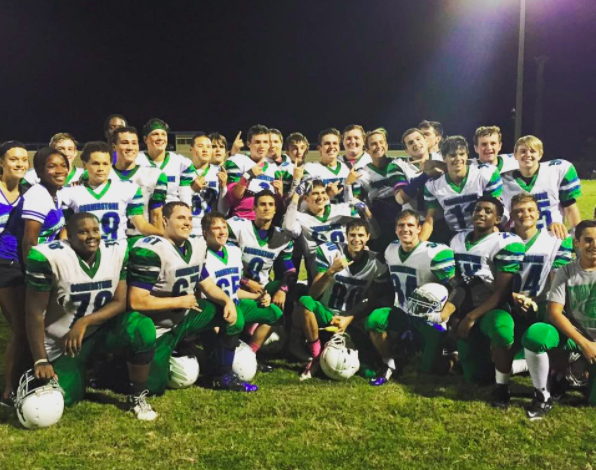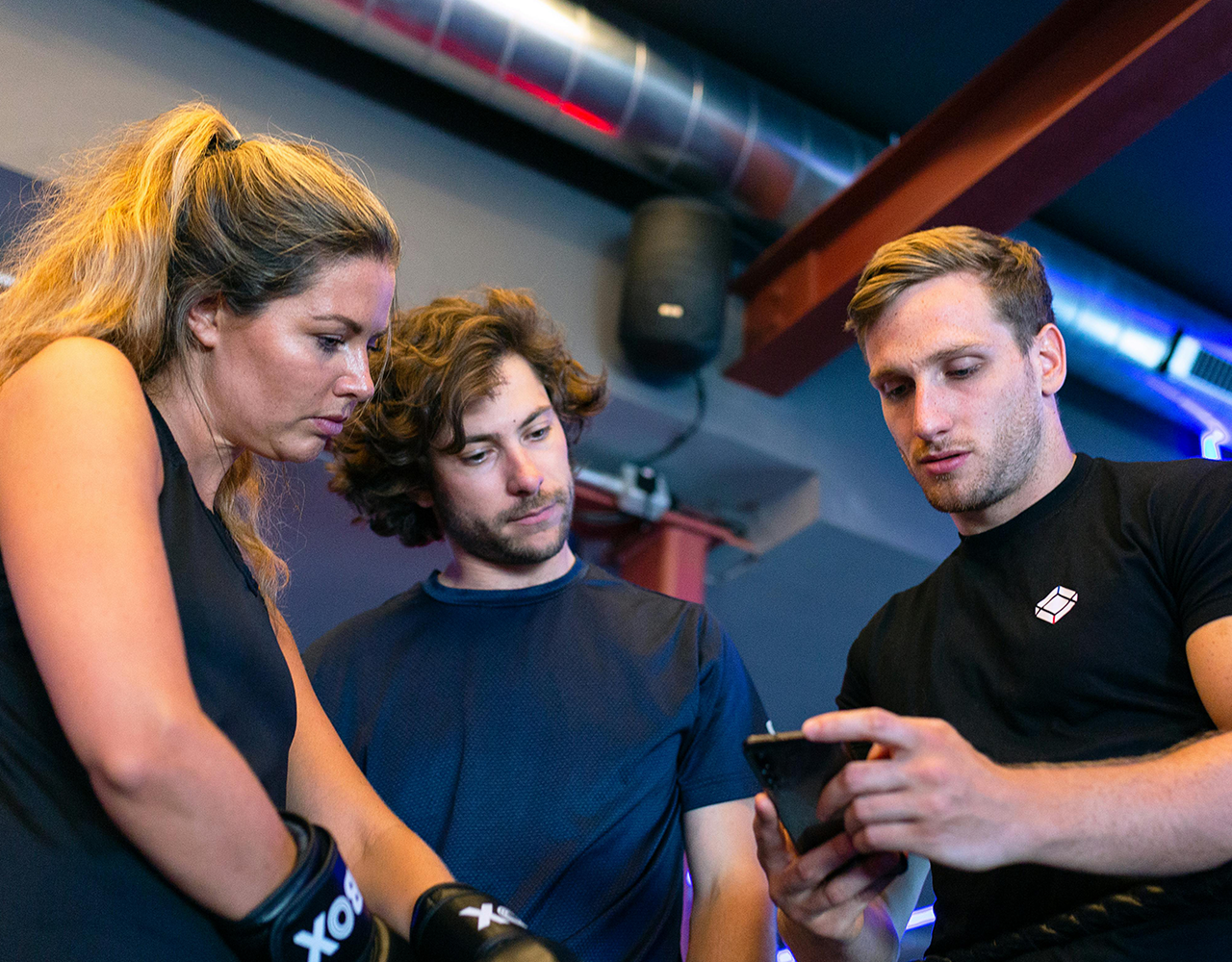“Coach, what’s today? Back and Bi’s? Chest and Tri’s?”
Unfortunately, this is a common question you will hear in a high school weight room across the country. When it comes to exercise selection and prescription, a lot of coaches need a paradigm shift. Organizing training by muscle groups in order to gain size and definition is the most popular mindset to training in the general population. This approach is known as bodybuilding. Even though bodybuilding can be very impressive, it does not have a prominent place in athletic performance training. Strength coaches are hired to prepare athletes for their respective demand of sport. At the end of the day, any type of “strength training” should reflect the demands of the goal that is being pursued and should always be evolving. The “this is how we have always done it” mindset is a poor excuse and will eventually become stagnant and outdated.
What Is the Sport of Bodybuilding?
Physical culture can be traced back to the 11th century where stones were lifted to develop strength and health to adapt to the demands of everyday life. This led to strongman events that were held for entertainment purposes. The strongest men were usually very bulky with protruding bellies and thick limbs. Eugene Sandow is considered the first “bodybuilder” who wanted to promote a healthy lifestyle with extreme muscle size and low percentages of body fat. This is where the sport of bodybuilding was born.
In order to win a competition, bodybuilding athletes are judged on three things:
- Muscle Size
- Muscle Symmetry
- Muscle Definition
If bodybuilders want to be successful, their training must elicit the adaptations necessary to win their competition. The same strategy must be used for athletic performance. The only difference is that the demands are different. In the weight room, aspects of bodybuilding and athletic performance can appear similar when they are actually much different. I am going to explain the difference in these demands and why it is so important to understand it.
Bodybuilding Demands vs. Athletic Performance Demands
BodyBuilding – A Static Sport
The bodybuilding community often gets discredited in the athletic performance world, simply because the training philosophy is different. Coaches in the world of fitness get overly protective of the field that they are contributing to. I believe that us coaches need to have an open mind when studying different disciplines. Way too often do coaches get into heated discussions over what exercise is better, what progression is better, or what approach is better. Most of the time, coaches discussing training protocol do not stop and realize that they may have a different population of athletes that have different training demands. What training program is the best? The answer is always IT DEPENDS.
Bodybuilding’s demands are very rigorous, and the ones who succeed at the highest level dedicate a huge part of their life to their sport. They also usually have their own time to train and it is the biggest priority in their life. The ultimate goal is bodybuilding is maximal muscle growth and minimal body fat accumulation. In order to meet this demand, bodybuilders will prioritize isolating muscle growth with their training approach. Majority of bodybuilders approach their training with the following:
- Hi-Intensity, Low Volume Multi-Joint Strength Exercises
- Maximal Neuromuscular Efficiency and Motor Unit Recruitment
- Maximal Mechanical Tension for Anabolic Response
- More Strength = More Volume Intensity Potential
- Isolated High Volume, Varied Intensity Isolation Exercises
- Maximal Metabolic Stress for Anabolic Response
- Muscle Damage for Anabolic Response
- Specific Adaptation for Symmetry and Definition
Bodybuilding does not prioritize movement, because the sport does not have a demand for it. Performance coaches will tend to speak ill of the bodybuilding realm because it does not fit the demand for athletic performance, but it DOES for bodybuilding.
Athletic Performance – A Dynamic Sport
In the world of athletic performance, there are multiple factors to consider when prescribing training programs. There are more factors in the world of athletic performance than there are in bodybuilding. Strength coaches across the country must analyze the demands of the sport they are training and evaluate how they are going to maximize their training sessions. Athletic performance is based around movement, and the demands of the sport are ever-changing. Before training prescription is ever considered, the strength coach must evaluate the following:
- What team am I training?
- How many days per week are we allowed to train?
- What are the injury patterns of the team?
- What resources do I have to train the team?
Strength coaches must understand that training for athletic performance is mostly GPP (General Physical Preparation). Strength coaches for athletic performance are not building great lifters, but great athletes for their respective sport. When strength coaches begin to program for a team, they analyze what movements will best enhance the athlete for their demand of their sport. The movement categories fall into the following:
- Olympic/Ballistic Movement
- Lower Body Bilateral Movement
- Lower Body Unilateral/Single Leg Movement
- Posterior Chain Development (Hip Dominant/Knee Dominant)
- Upper Body Push (Horizontal/Vertical)
- Upper Body Pull (Horizontal/Vertical)
- Core Development (Bracing, Carry, Anti-Rotation, Anti-Extension)
These movement categories lay out the basic template for all athletic performance. Each exercise, along with the volume and intensity, will be programmed according to the demand the coach sees for their team. This can lead to MANY different training philosophies and modalities. Us strength coaches must develop a training “menu” that we can pick from in order to give our athletes the best adaptation possible. My mentor, Joseph Boyd, said it best when I heard him tell an athlete, “Squatting 600 pounds is great, but if you cannot move, you can’t help us win.” This statement rings true in the athletic performance world. At the end of the day, we are training athletes, not competitive lifters.
Movement is complex, and there are many moving parts. The bodybuilding strategy of training muscle groups is not conducive to the dynamic movement component of athletic performance. This is why ground-based multi-joint movements are so efficient with performance athletes. Strength coaches must think with movement in mind first, then muscles involved in the movement. No matter how big and defined an athlete is, they must be able to MOVE in order to compete at a high level. This is why training “chest and back” will not give performance athlete what they need in order to be successful.
In conclusion, we must understand that bodybuilding and athletic performance are two very different disciplines where exercise selection overlaps. Strength training has been tried and true for many years, and all strength coaches understand that. Every program is going to squat, every program is going to hinge, every program is going to push, and every program is going to pull. The difference in each program is the execution of the lifts and the adaptation that is being sought. Bodybuilders will continue to seek maximum muscle growth and definition. Athletes will continue to seek efficient movement patterns and functional strength that promotes longevity. Do exercise overlap? Yes. Do principles overlap? Yes. The difference is best strength coaches in the world understand this and use principles from both to help their athletes in every way they can.
Subscribe to our blog
Subscribe to receive the latest blog posts to your inbox every week.
Related posts

Program Culture is Built on the Field

Fitting Speed Training Into Your Practice Schedule
.png?width=721&height=475&name=Sport%20Coach%20(4).png)
